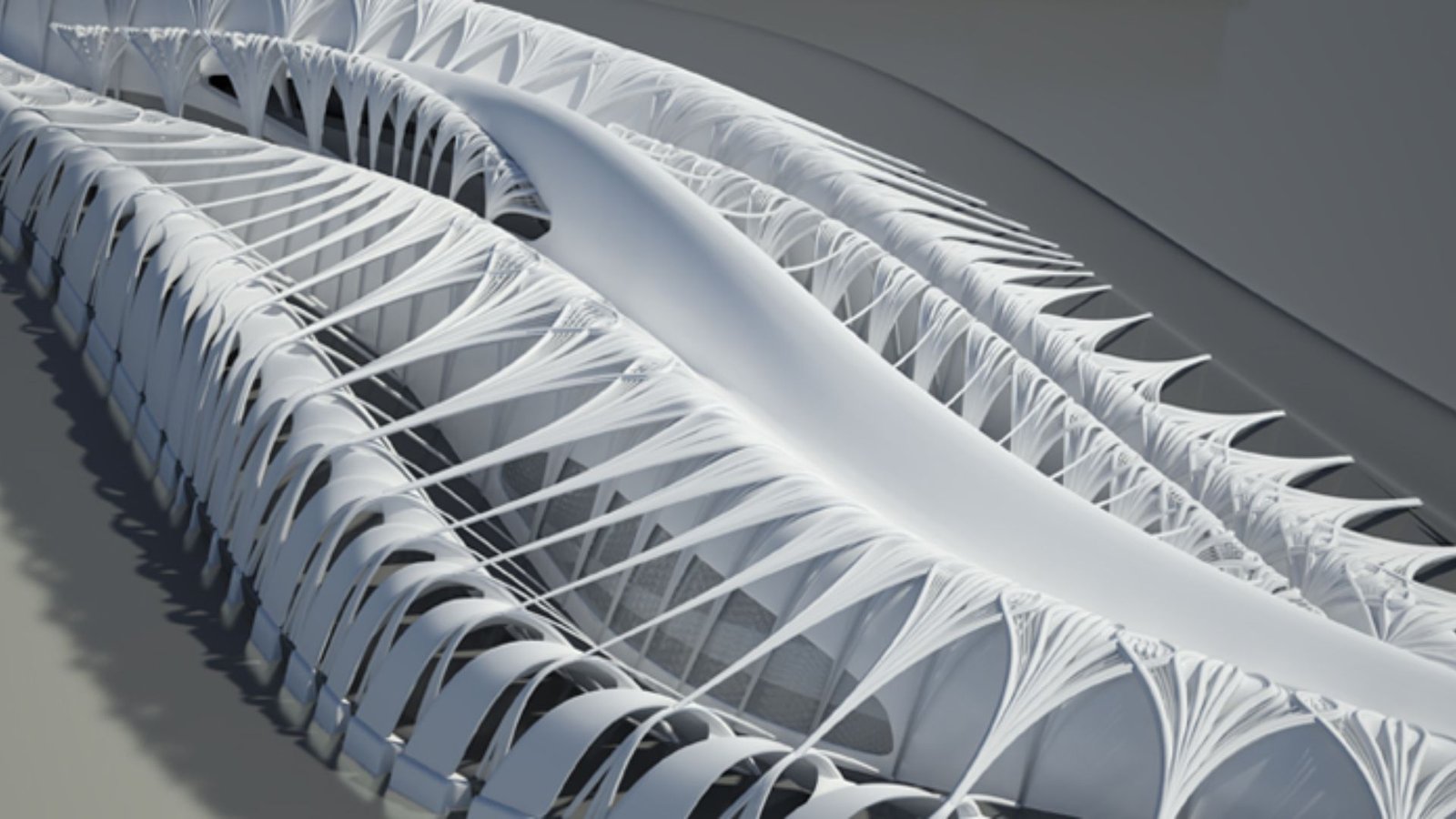Harnessing the Potential of Parametric Design in Architecture
Have you ever wondered how architects create buildings with intricate shapes and innovative structures that seem to defy traditional design conventions? The answer lies in parametric design—a powerful methodology that revolutionizes the way architects conceive and construct buildings. Let’s give you ways to use parametric design in architecture.
What is Parametric Design?
Parametric design in architecture uses mathematical algorithms and computational tools to create complex and dynamic forms. Unlike traditional methods that rely solely on manual drafting, parametric design allows architects to input specific parameters such as dimensions, materials, and environmental factors into software programs. These parameters then drive the generation and modification of design options.

Ways to Use Parametric Design in Architecture
Enhancing Design Flexibility
Parametric design offers unparalleled flexibility in architectural planning. Architects can easily adjust parameters in digital models to explore various design iterations in real time. For instance, they can modify building shapes to optimize natural lighting, improve energy efficiency, or enhance structural integrity—all while maintaining the overall design vision.
Transitioning seamlessly between different design possibilities enables architects to refine and perfect their concepts before finalizing a blueprint. This iterative process not only saves time but also encourages creativity by encouraging experimentation with unconventional forms and configurations.
Optimizing Building Performance
Another significant benefit of parametric design is its ability to optimize building performance. By integrating parameters that consider environmental factors such as sun orientation, wind patterns, and thermal dynamics, architects can design structures that respond adaptively to their surroundings.
For example, parametric tools can simulate how sunlight interacts with different façade geometries, allowing architects to minimize solar heat gain in warm climates or maximize natural warmth in colder regions. Such optimizations contribute to reducing energy consumption and operational costs over the building’s lifespan.
Innovating Structural Systems
Parametric design enables architects to innovate structural systems that are both efficient and visually striking. Computational algorithms help in generating intricate geometries that optimize material usage and structural strength. This approach is particularly valuable in designing complex roofs, facades, and interior spaces where traditional construction methods may be limiting.
Moreover, parametric tools facilitate the fabrication of components with high precision, which enhances construction efficiency and reduces material waste. This precision is crucial in creating bespoke architectural elements that align seamlessly with the overall design intent.
Facilitating Customization and Personalization
In an era where personalization is increasingly valued, parametric design allows architects to tailor buildings to meet specific client needs and preferences. Architects can create unique and highly customised architectural solutions by adjusting parameters such as room layout, spatial organization, and aesthetic details.
For example, parametric design can be utilized to design modular housing units that can be adapted to different site conditions or user requirements. This flexibility enhances user experience and opens up new possibilities for architectural expression and functionality.
Pushing the Boundaries of Design Innovation
Parametric design is not just about creating aesthetically pleasing buildings—it’s about pushing the boundaries of what is possible in architectural design. By leveraging advanced computational tools and algorithms, architects can explore unconventional geometries and structural forms that challenge traditional norms.
This innovative approach fosters a culture of experimentation and collaboration within the architectural community. Architects can collaborate with engineers, fabricators, and other stakeholders to explore innovative solutions to complex design challenges.
Conclusion
Parametric design represents a paradigm shift in architecture, offering architects unprecedented tools to create buildings that are functional, efficient, visually compelling, and sustainable. By harnessing the power of computational algorithms and digital modelling, architects can achieve design excellence while meeting the diverse needs of clients and communities.
As technology continues to evolve, parametric design will undoubtedly play an increasingly pivotal role in shaping the future of architecture. Embracing this methodology allows architects to innovate, optimize performance, and create spaces that inspire and enrich the lives of those who inhabit them.



